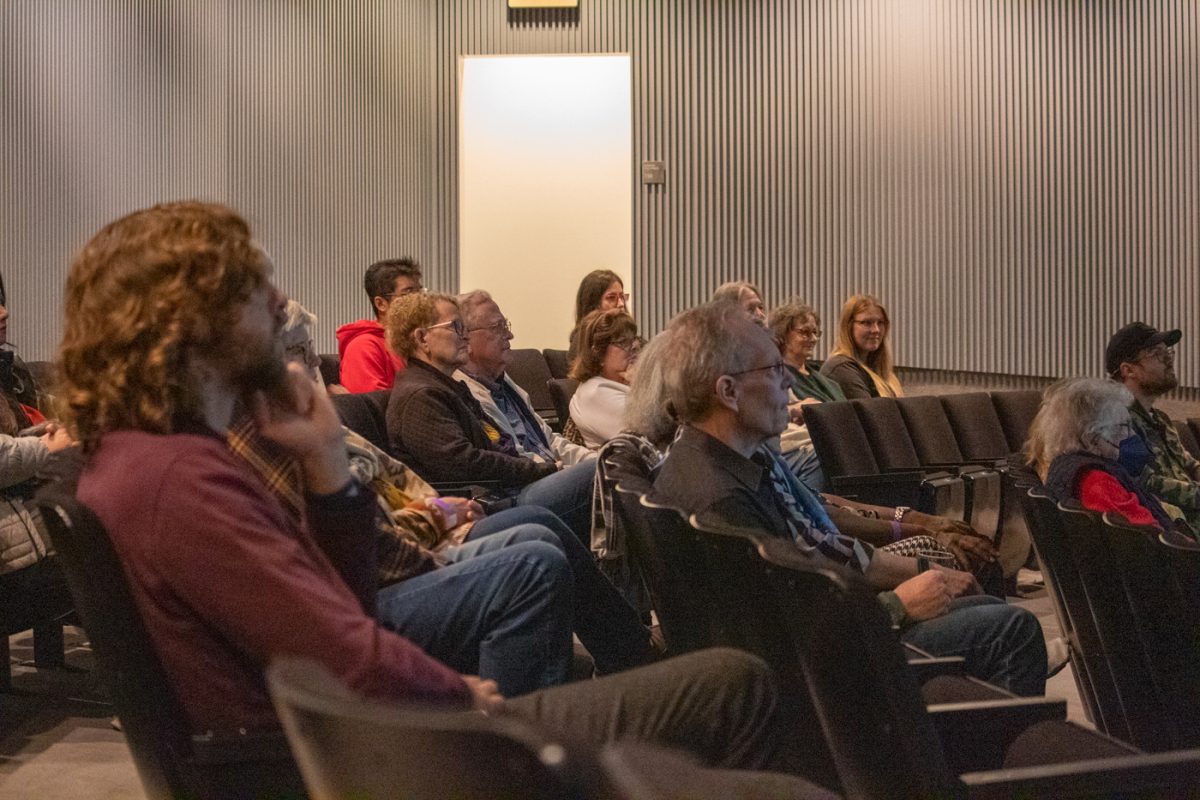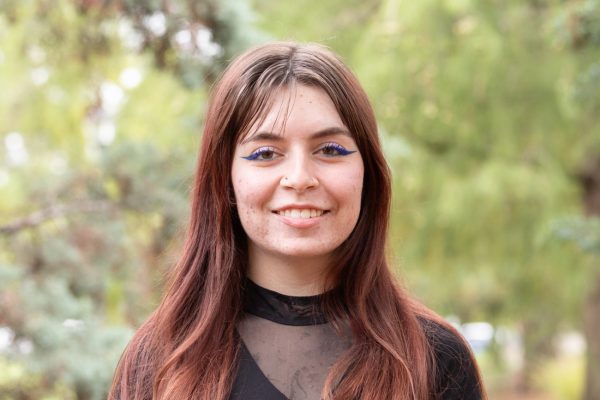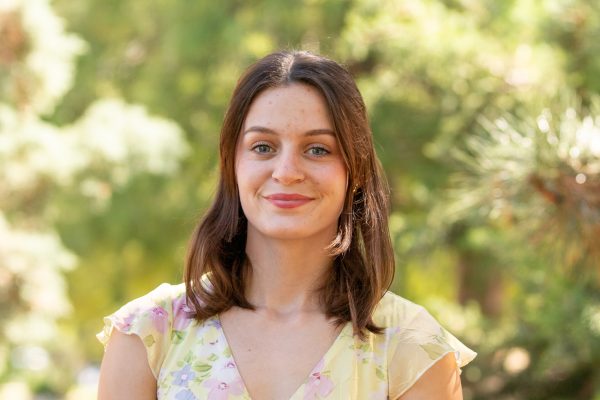A quick Google search of “Natives” pulls up many pictures of people in headdresses and traditional clothing. As pointed out by Dal Domebo, the program lead of the Native American Indian Education Program in Wichita Public Schools, this does not reflect how Natives may look today.
Domebo said that because of this focus on traditional Native appearances and because of the traumatic history, it seems like there aren’t many Natives left.
“We’re still here,” he said.
At the Office of Diversity and Inclusion panel for Native voices, speakers brought attention to the saying “history is written by the victors” and how this truth affects Native American tribes today. The year 2024 will be just 100 years since Indigenous people have been considered U.S. citizens due to the Indian Citizenship Act in 1924.
Each of the six panelists shared traditions they participate in with their tribes, as well as answered questions regarding how the language is preserved, how they celebrate their cultural identity and how others can support Natives.
Daniel Pewewardy, an Indigenous culture advocate, said Native American identity is more than appearances.
“Native identity is often thought of as a racial identity, and it goes beyond that,” Pewewardy said. “We have our own religious identity, and we have our own cultural identity.
“I think when you think of who Native Americans are, you have to think of our political sovereignty first and foremost — not the color of our skin, or the color of our hair, or if we have high cheekbones.”
The panelists called out stereotypes surrounding Natives — most commonly, that they are violent.
“This is what happens when a subjugated group becomes dehumanized,” Pewewardy said. “You’re seeing this right now with what’s going on in the West Bank with Palestine.”
Niomi Thompson, Mid-America All-Indian Museum Board of Trustees member and Level Up Kansas director, said others can support Natives by avoiding stereotypes about them and instead asking questions to learn.
The panelists also discussed how Indigenous people experience generational trauma from massive oppression and genocide.
“There’s over 570 federally-recognized tribes,” Domebo said. “Every tribe had their own trials and their own genocide … The story needs to be told. Our ancestors paid a huge price … We owe it to them to be able to accurately and thoroughly keep our culture alive.”
An estimated 5,000 Natives died because of the Trail of Tears, the forced relocation of approximately 125,000 Indigenous people living between Michigan, Louisiana and Florida to places beyond Mississippi in the 1830s. About 15,000 people forcibly marched 1,200 miles. This followed the 1830 Indian Removal Act.
Native Americans suffered from Manifest Destiny, forced assimilation, and the forced sterilization of thousands of Native women in the 1960s and 1970s.
“My mom, fortunately, was not one of the 35% that got sterilized, so I made it,” Domebo said.
It wasn’t until the American Indian Religious Freedom Act passed in 1978 that Indigenous people were allowed freedom of religion by the First Amendment of the United States Constitution. According to National Geographic, the act “recognized that government policy had inhibited the practice of Native American religions.”
The American Indian Religious Freedom Act marked “when we were able to fully and freely — without persecution or fear of persecution — have our powwows,” according to Domebo.
Like many other Native practices, the Sun Dance was banned in 1883 under the Religious Crimes Code. The purpose was to push the beliefs of Indigenous people underground and make them assimilate into Western culture.
“It scared the government because they did not understand,” Domebo said.
Traditionally, the Sun Dance is a four-day to two-week long ceremony to awaken the earth after winter and give thanks to the Great Spirit, as well as ask for a successful harvest and health in the next year.
Aaron Valentine, an engineering management student at Wichita State, said that he goes to his Osage reservation every summer for the Sun Dance. They dance twice a day on Thursday, Friday, and Saturday, as well as once on Sunday.
Valentine said the Sun Dance is a time for the community from all around the nation to come together, and the language is spoken openly.
The panelists emphasized how open they and other Natives are to questions about their culture. Because many have oral traditions that are not written down, the panelists encouraged others to keep the culture alive by being curious and open-minded.





